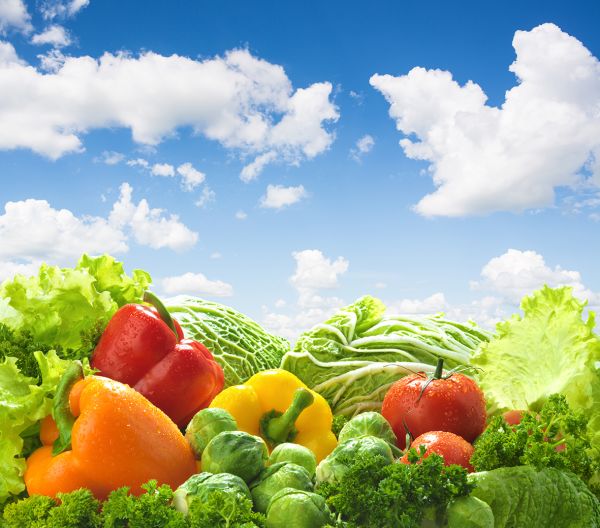B – Brazilian food biodiversity, bioactive compounds and health
| This thema studies the biological benefits of bioactive compounds in foods. Scientists evaluate the functionality potential of foods for promotion of health and reduction of the risk of developing non-transmissible diseases. The innovative approach includes pre-clinical and clinical trials, using systems biology concepts and ‘omic’ technologies. |  |
Research Projects:
Project B.1:Biological activity of foods enriched with bioactive polyphenolic compounds in preclinical and clinical studies: application of biology tools of nutritional systems.
Aims: to elucidate the biological activity of foods rich in polyphenolic compounds at "omic" levels, using systems biology tools.
Subprojects:
B.1.1.- Comparative study of the effect of orange juice consumption on face and face of Bahia on the metabolic profile of healthy individuals;
B.1.2 - Effect of orange juice after consumption of a lipid-rich meal on postprandial inflammation: metabolomic and proteomic approach;
B.1.3 - Metabolic, proteomic and epigenetic study of orange juice intake and characterization of the biomarkers resulting from its ingestion;
B.1.4 - In vivo analysis of the proteomic and inflammatory response after consumption of a hyperlipidic meal in the presence or absence of orange juice;
B.1.5 - Comparative evaluation of the effect of ingestion of blood orange and pear pasteurized juice (Citrus sinensis (L.) Osbeck) on the parameters of oxidative stress and inflammatory response in rats with insulin resistance;
B.1.6 - Influence of maternal and paternal obesity on metabolic health and risk of breast cancer in female offspring: preventive potential of orange juice consumption;
B.1.7 - Effect of orange pear and orange juice rich in polyphenols on monocyte metabolism and inflammatory markers in individuals with resistance to insulin action;
B.1.8 - Metabolic investigation of passion fruit intake (Passiflora tenuifila);
B.1.9 - Effect of whole grape juice and associated with a hyperlipidic meal on the microRNA profile and postprandial inflammatory response in healthy women;
B.1.10 - Metabolic approach: identification of biomarkers of polyphenol ingestion of grumixama (Eugenia brasiliensis Lam);
B.1.11 - Bioavailability of purple tomato anthocyanins and anti-inflammatory activity of phenolic extract of purple tomato (Lycopersicon esculentum cv Micro-Tom), obtained by gene piramidation, in a model of peritonitis induced by LPS;
B.1.12 - Maternal and / or paternal consumption of blackberry extract (Rubus spp.) In the offspring of females susceptible to chemically induced breast cancer;
B.1.13 - Influence of açaí supplementation (Euterpe oleracea Mart.) On cardiac remodeling in rats exposed to smoke and after myocardial infarction in rats;
B.1.14 - Evaluation of the chemopreventive activity of the bioactive compound of β-ionone foods in experimental hepatocarcinogenesis;]
B.1.15 - Effects of enriched extracts of anthocyanins and / or elagitannins of blackberry (Rubus spp), mulberry (Morus nigra l.) And grumixama (Eugenia brasiliensis lam) on growth and epigenetic markers of different human cell lineages of breast cancer.
Project B.2: Cloning, recombinant expression and validation by microarray of potentially allergenic food proteins
Project B.3: Fate of bioactive fruit compounds after in vitro digestion.
Subprojects:
2.2.1 - How to adapt an international method developed by INFOGEST for in vitro digestion to carotenoids?;
2.2.2 – Does the degree of processing of commercial orange juice affect the bioaccessibility of carotenoids and phenolic compounds?
Project B.4: Use of "omic" approaches in the identification of mechanisms to regulate the synthesis of compounds with impact on the sensorial and nutritional quality of fruits using a non-native Brazilian fruit (pitanga) and a model fruit (tomato) .
Aims: The objective of this study was to identify the probable molecular mechanisms that regulate the formation of compounds of secondary metabolism, with potential impact on human health (carotenoids, phenolics, terpenes, etc.) using pitangueira fruits (Eugenia uniflora) and tomato (Solanum lycopersicum) as experimental models.





